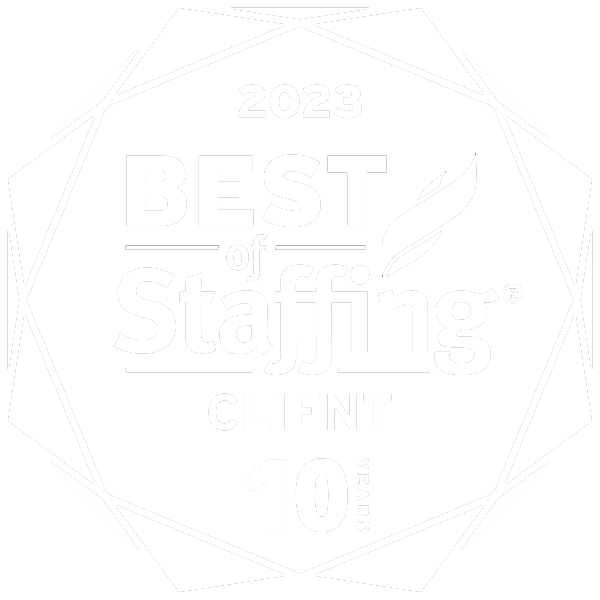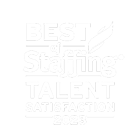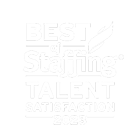3 Questions to Ask Yourself About Your Hiring Process
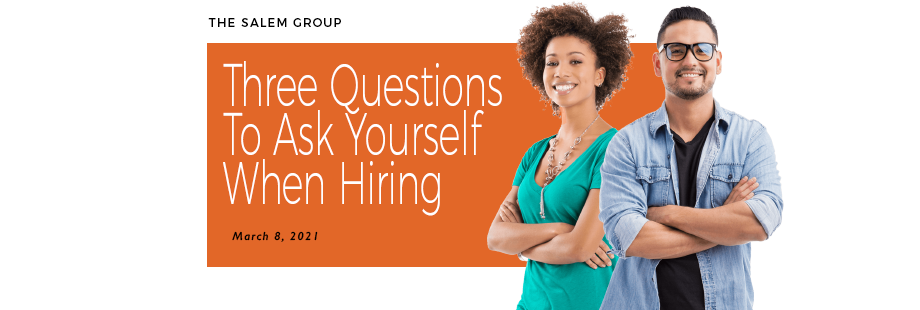
In the spirit of International Women’s Day today, we’re taking a high-level look at women in the workforce, hiring bias, and how business leaders can ensure a fair and inclusive hiring process.
But first, some history. International Women's Day is celebrated on March 8th every year around the world. It is a focal point in the movement for women's rights. As the economy bounces back, researchers have noticed a pattern: the Covid-19 pandemic has disrupted women’s labor force participation. According to Catalyst.org, a global nonprofit focused on building workplaces that work for women, women’s labor force participation peaked in 1999 at about 60.0% and has been declining since then. In 2019, there were 76,852,000 women aged 16 and over in the labor force, representing close to half (47.0%) of the total labor force. Compared to February 2020 numbers, women’s employment is down 9%, while men’s employment is down 7.8%.
As workforces return to their pre-pandemic levels, it is critical that business leaders and HR professionals be cognizant of any hiring bias to ensure they attract truly the best and most talented candidates. We all know that people make up an organization's most important resource, so getting the hiring process right is crucial.
Let's take a look at two critical components of a good hiring process: acknowledgment and processes.
The first step is to accept that we all have biases, especially affinity biases (having a more favorable opinion of someone who we think is like us). Harvard Business Review has a really excellent article on reducing personal bias when hiring. Acknowledging biases within your system enables you to move forward effectively with the second part, continuously improving your hiring processes.
Hiring processes are critical to every aspect of an organization, which is why there is always room for continuous improvement, and assuming that every organization has a formal hiring process in place of some kind already. This step is about evaluating how well that process weeds out hiring biases. There is a really great piece on this by Lou Adler on this but it boils down to:
1. Does your job description define the job or a person?
2. Does your hiring process involve input from multiple people, in multiple formats (such as a phone screen or a panel interview)?
3. Does your hiring process follow a standard script/format for all candidates? Do you use a scorecard to evaluate candidates at the end?
How are you continuously improving your hiring program? What other methods have you found useful in combating hiring biases?
To continue the conversation or to request talent or services call us at 630-932-7000 or send us an email!

